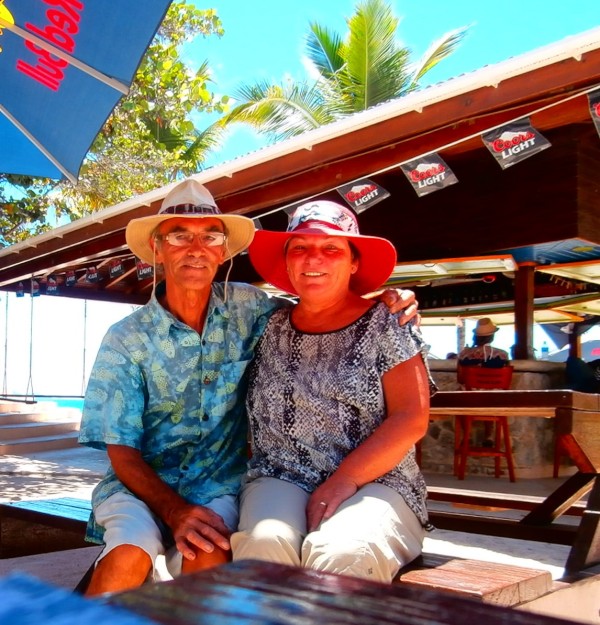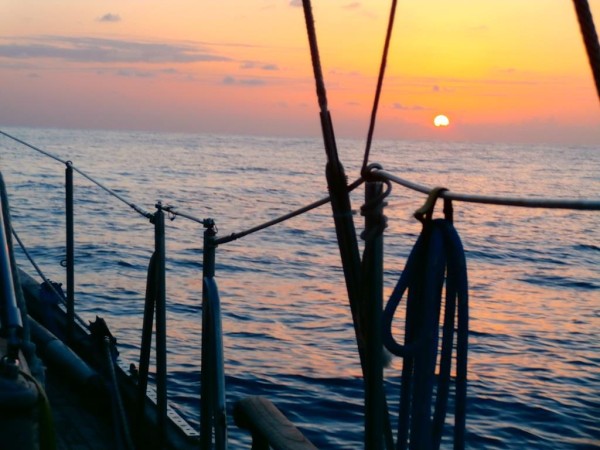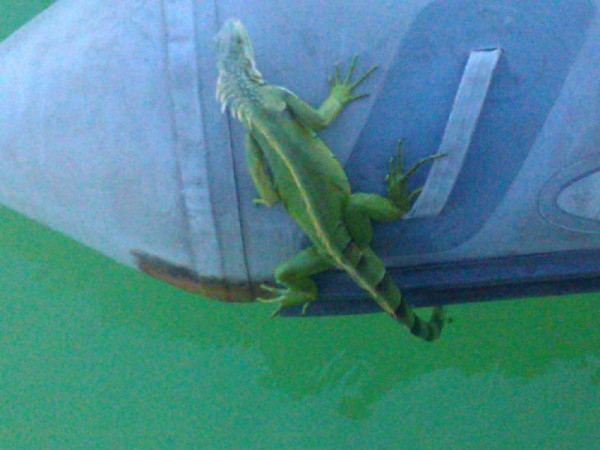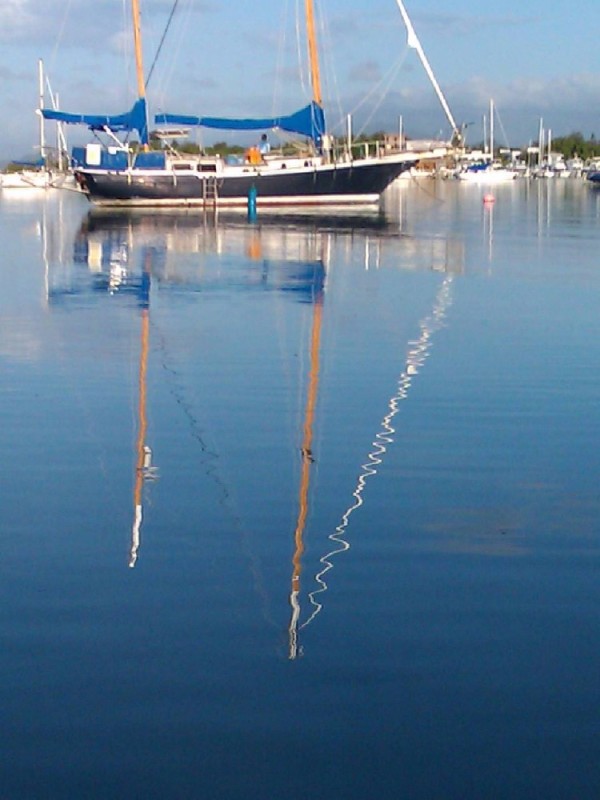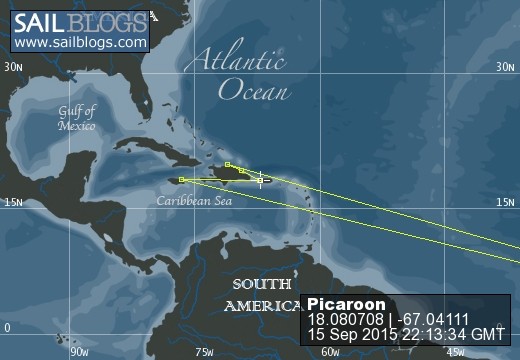
Sailors to seadogs
Jackie & Colins' adventures on the high seas.
09 April 2017
03 April 2017
03 April 2017
29 July 2016
19 July 2016
21 June 2016
20 May 2016
13 March 2016
27 February 2016
27 February 2016
18 November 2015
12 November 2015
27 September 2015
15 September 2015 | Puerto Real Marina
07 September 2015
30 August 2015
30 August 2015
28 July 2015
26 July 2015 | Ile a Vache, Haiti
18 July 2015 | Ila a Vache Haiti
Heads, tacks clews, and dark water.
11 October 2009 | Scotland
'm first up at about 7am on Saturday morning, and I'm sitting on the back of the boat, which from here on in I'm to refer to as aft, and a Swan glides by on a flat calm sea. All around mountainous islands rise up out of these tranquil waters in which ever direction I look, but this doesn't look like a day for sailing, there's not a breath of wind. We breakfast on a full english and we are joined by Stewart who is about 25 and last night was behind the bar at the sailing centre. He is going to accompany us for the weekend as an extra hand on board, he's also learning how to sail, and has jumped at the chance of two days free cruiseing.
As there's little or no wind we have to use the engine for the first hour as we leave our overnight mooring and head towards little Cumbrea. With Jackie at the helm Stewart and I take off the main sail cover and get out a big sail, called a Genoa, which is big, and has to be hauled up to the front end of the boat and attatched to some ropes, that we will now call lines. We learn that the bit of the sail that will be at the top is the head, the bottom corner at the front is the tack, and the corner nearest us is called the clew. All clued up now we connect the head to a line at the sharp end, now called fo'ra'd, with a shackle and two red ropes are run through pulleys either side of the boat and are tied with a knot called a bowline onto the clew of the sail.
Skipper Dave explains that whoever is steering, or at the helm, needs to keep a 360 degree lookout for any other boats that we can see, and try to get a fix on them by lineing them up with something on our boat. If that fix changes we're not on a collision course, if it remains the same we might have to take evasive action. He also tells us to look out for dark water in the distance, as dark water seemingly means that it's windy there, and as it's a sailing course we should head in that direction.
As there's little or no wind we have to use the engine for the first hour as we leave our overnight mooring and head towards little Cumbrea. With Jackie at the helm Stewart and I take off the main sail cover and get out a big sail, called a Genoa, which is big, and has to be hauled up to the front end of the boat and attatched to some ropes, that we will now call lines. We learn that the bit of the sail that will be at the top is the head, the bottom corner at the front is the tack, and the corner nearest us is called the clew. All clued up now we connect the head to a line at the sharp end, now called fo'ra'd, with a shackle and two red ropes are run through pulleys either side of the boat and are tied with a knot called a bowline onto the clew of the sail.
Skipper Dave explains that whoever is steering, or at the helm, needs to keep a 360 degree lookout for any other boats that we can see, and try to get a fix on them by lineing them up with something on our boat. If that fix changes we're not on a collision course, if it remains the same we might have to take evasive action. He also tells us to look out for dark water in the distance, as dark water seemingly means that it's windy there, and as it's a sailing course we should head in that direction.
Comments
| Vessel Name: | Picaroon |
| Vessel Make/Model: | Hardin Sea Wolf (Formosa 41) |
| Hailing Port: | Luperon Dominican Republic |
| Crew: | Jackie and Colin Williams |
| About: | We had never sailed until September 09 when we went on a RYA Start yachting course in Largs in Scotland. We have this plan to learn how to sail a 36ft boat around the Caribbean, in about 2 years time. 2011/12 now updated to August 2013 |
| Extra: |
Sailors to Seadogs
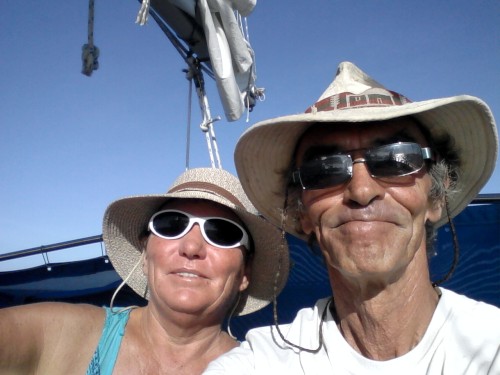
Who: Jackie and Colin Williams
Port: Luperon Dominican Republic

